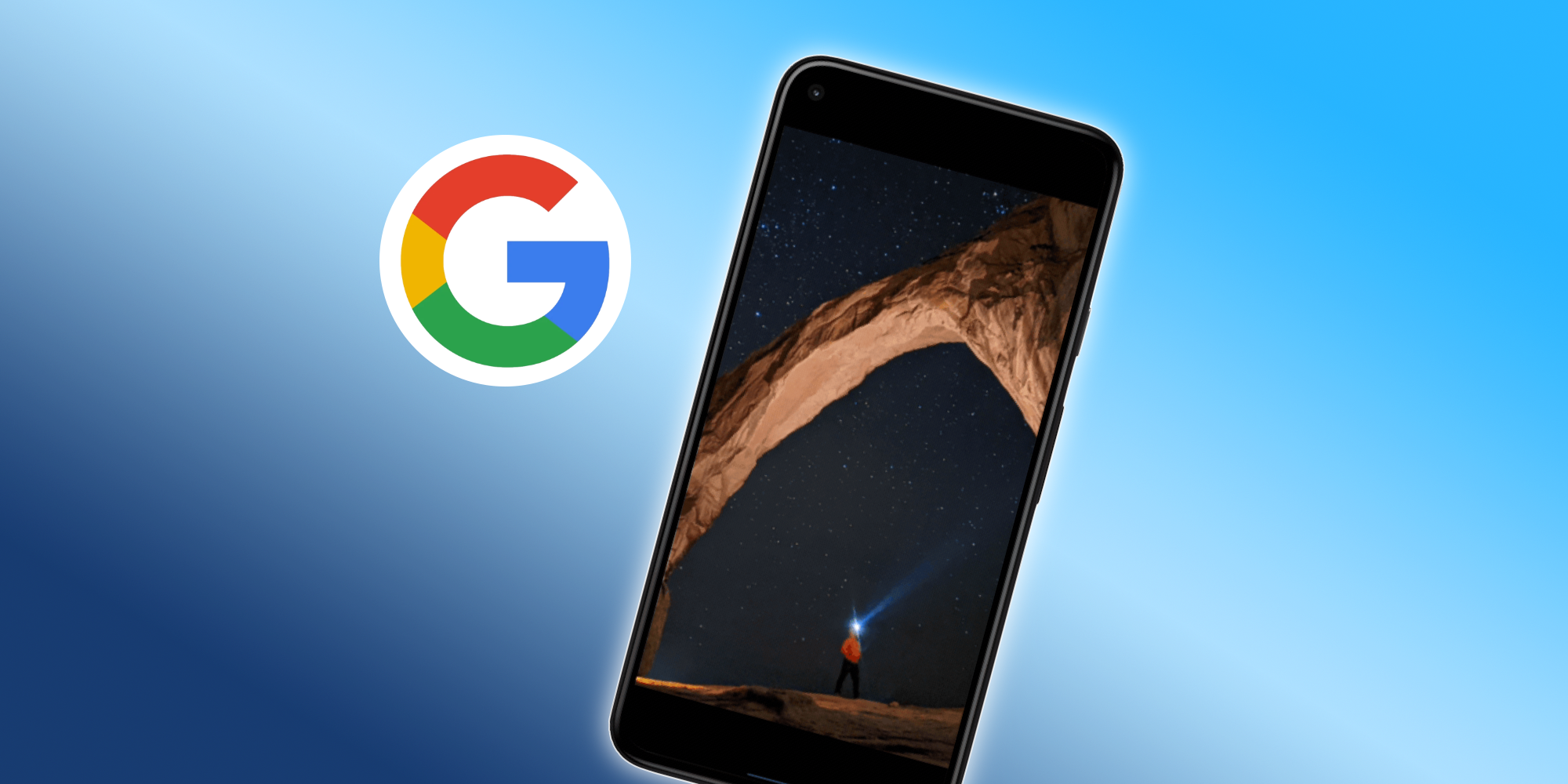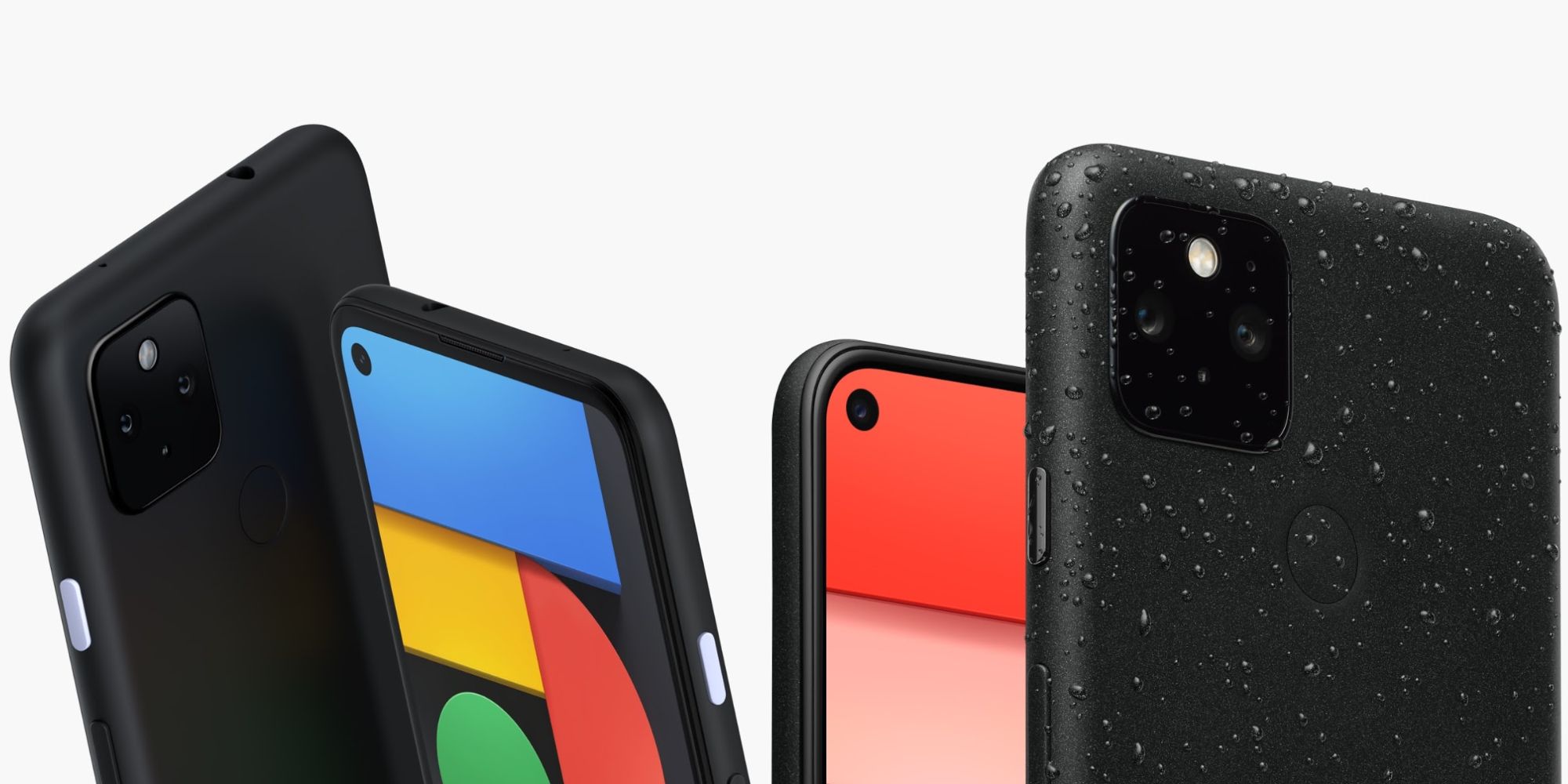Google's remarkable astrophotography camera feature for the Pixel just added a mind-blowing new capability: time-lapse. This means it will soon be possible to record videos showing the stars and Milky Way moving through the night sky without the blur that is sometimes associated with long exposure recordings. Expect to see plenty of star-filled videos shared online in the near future since this makes astrophotography much more interesting than a still photo.
Android is updated regularly, sometimes with new features, but often with a security focus or minor refinements to reduce bandwidth or speed up processing. These changes are important and valuable, but owners of Google's Pixel phones get the extra benefit of what Google calls 'feature drops.' These are exclusive treats for Pixel owners, adding value to Google's brand. Some great features added include 'Hold For Me' that lets Google play secretary, handling a call when the user is placed on hold and Extreme Battery Saver expanding to older Pixel phones.
Google's latest Pixel feature drop allows videos to be recorded of the movement of stars. It's actually the rotation of the Earth that creates the apparent movement of heavenly bodies and for a noticeable change, a relatively long period of time must pass. This is why the feature uses time-lapse in combination with the existing astrophotography capability. Being able to capture videos of the night sky, with clear stars and even the Milky Way with a smartphone is an incredible achievement and saves a huge amount of time, effort, and expense to get similar results without a DSLR. Setting up time-lapse astrophotography with a Google Pixel requires the right conditions, but is incredibly easy if there isn't too much light pollution.
How To Record Star Movement With A Google Pixel
To use Google's new astrophotography time-lapse recording, it's best to use a tripod or find a stable place to prop the Pixel, since it takes half an hour to record a one-minute video at an interval of 60-seconds between photos and a playback speed of 30 frames per second. The formula for record time is playback rate multiplied by the interval multiplied by the desired video length. The time-lapse astrophotography will be available for Google phones starting with the Pixel 4, including the Pixel 4a, 4a 5G, and 5, of course, so devices sold in 2019 and newer are getting this impressive feature.
Simply opening the camera and selecting the Night Sight tab are the only steps required before beginning the time-lapse. The Pixel will enable astrophotography if the sky is dark enough. Then, tapping the shutter button will take a single photo, but leaving the camera steady will allow it to continue snapping additional photos for the time-lapse. It isn't really surprising that Google is still leading the field in computational photography and the latest Pixel feature drop is very impressive, adding yet another reason to own a Pixel phone.
Source: Google


